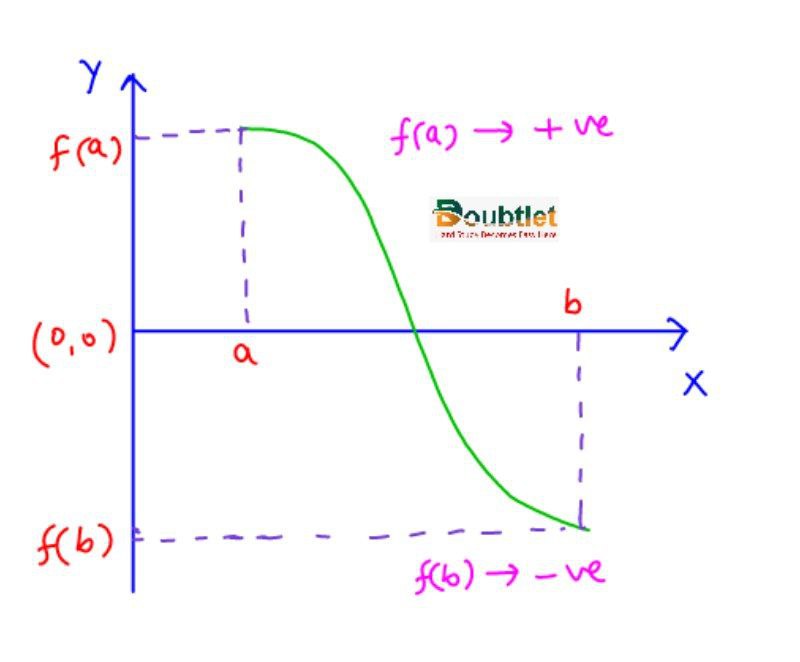









Continuity Formula Sheet
This page will help you to revise formulas and concepts of Continuity instantly for various exams.- Home
- Formula-Sheet
- Continuity
Continuity of a function at a point means that the function's value approaches the same number from both directions as the input approaches that point, ensuring no abrupt changes or gaps in the graph.
Neetesh Kumar | June 02, 2024
Share this Page on:
![]()
![]()
![]()
![]()
![]()
- 1. Continuous Functions
- 2. Continuity of the Function in an Interval
- 3. Reasons for Discontinuity
- 4. Intermediate Value Theorem
1. Continuous Functions:
A function is said to be continuous at , if
exists and is equal to . Symbolically, is continuous at if
where h > 0
i.e. LHL| RHL| Value of f(x) finite and fixed
quantity.
At isolated points, functions are considered to be continuous.
2. Continuity of the Function in an Interval:
(a) A function is said to be continuous in if is continuous at each & every point belonging to .
(b) A function is said to be continuous in a closed interval if:
- is continuous in the open interval
- is right continuous at , i.e. (finite quantity)
- is left continuous at , i.e. (finite quantity)
Note:
- All polynomials, trigonometrical functions, exponential & logarithmic functions are continuous in their domains.
- If & are two functions that are continuous at then the function defined by:
- , any real number
- are also continuous at . Further, if is not zero, then is also continuous at .
- If and are continuous, then and are also continuous.
- If f and g are discontinuous at x = c, then f + g, f – g, f.g may still be continuous.
- The sum or difference of a continuous and a discontinuous function is always discontinuous.
3. Reasons for Discontinuity:
(a) Limit does not exist: i.e.

(b)
Geometrically, the function's graph will exhibit a break at if the function is discontinuous at . The graph, as shown, is discontinuous at , and .
4. Intermediate Value Theorem:
Suppose is continuous on an interval and and are any two points of . Then if is a number between and , there exists a number between and such that .

The function f being continuous on [a, b] takes on every value between f(a) and f(b).

Note that a function f, which is continuous in [a,b], possesses the following property : If is positive and is negative, then there exists at least one solution of the equation in the open interval .
Relation Formula Sheet
Limit Formula Sheet
Vector operation Calculators
Vector Formula sheet


